With the Thanksgiving holiday in a few weeks, UC San Diego Housing Dining Hospitality has rolled out specific COVID-19 guidelines for undergraduate students living on campus. Over Fall break, Nov. 26–27, students living on campus are offered three options: to continue staying on campus, to leave and return for Winter Quarter 2021, or to leave and return for the rest of Fall Quarter.
Students who choose to stay on campus through the break are able to resume in-person courses, research and activities after Fall break. They are also able to socialize in groups of up to three under UCSD’s ‘Three’s Company’ Pilot Program, with guidelines stating that they must be outside, wearing face coverings, and observing physical distancing at all times. Students are also expected to complete the daily COVID-19 Symptom and Exposure Screening regardless of location.
According to a campus-wide notice issued by the Office of the Chancellor, students who are leaving campus for home over Fall break are highly encouraged to remain at home for the remainder of Fall Quarter and complete their courses remotely.
As stated in a press release by the UCSD News Center on Nov. 5, as a general rule, students who need to leave campus overnight or for more than 18 hours must notify their Residential Life staff through the Housing Portal by completing the “Returning Home After Move-In” form.
For students who plan to leave and return at the beginning of Winter Quarter 2021, the prorated balance of their fall housing contract will be applied towards a room credit in the winter housing contract. The “Returning Home After Move-In” form must be completed through the Housing Portal by Nov. 20 for the credit.
Upon their return, students must sequester in their unit for 14 days. As defined in the above press release, sequestration means that students are required to wear face coverings within their residential unit, with the exception of the shower and personal bedroom, along with maintaining physical distance within their residential unit. When outside of the residential unit, students are required to wear face coverings at all times, except while eating or exercising, and practice physical distancing.
Students in sequestration are allowed to attend in-person classes and participate in campus activities, but will need to schedule their own asymptomatic test. Students must be tested at least three times — once within 24 hours of their return, another within five days, and again within 10 days. Failure to comply with these requirements may result in disciplinary action.
If a student tests positive for COVID-19, they will be moved immediately to isolation housing, and will not be able to attend in-person classes and campus activities until they are cleared from isolation.
When asked about their thoughts on COVID-19 guidelines on campus, Krysia Olszewska, a fourth-year cognitive science student living on campus at Eleanor Roosevelt College as a Residential Assistant, told The UCSD Guardian that she wished there was more transparency from the school, but it is slowly improving.
“For example, we all thought there was some kind of notification system for when you’re supposed to get your test and there wasn’t, and I talked to my supervisors about this, like how am I supposed to tell my residents when to do it?” Olszewska said. “They’re supposed to do it every two weeks, do they get a notification or something like that? That’s why there’s this email link system now that reminds you. That wasn’t in the plan originally and we were confused so we all reached out to Return to Learn.”
In an email toThe UCSD Guardian, Christine Clark, the Assistant Director of University Communications spoke on behalf of HDH, stating that they are dedicated as a community to make [UCSD] an exemplar of caring and responsible behavior.
“The success of our plan is dependent on the full support of our community in following campus safety requirements,” Clark said. “[This includes] wearing a face covering, practicing physical distancing, completing the daily symptom and exposure screening, and washing hands often.”
On Nov. 10, San Diego County shifted to the purple tier, the most restrictive tier in California’s color-coded COVID-19 tiers. According to UCSD’s COVID-19 Daily Dashboard, UCSD’s average positivity rate, at approximately 0.6 percent as of Nov. 13, is significantly lower than that of San Diego County, which is at approximately 3.8 percent as of Nov. 13.
“At this time, Institutions of Higher Education follow these guidelines, dated September 30, 2020,” Clark said. “All decisions about following this guidance are made in collaboration with local public health officials and other authorities. At this time, if San Diego County moves into the purple tier there will be no changes to higher education operations at UC San Diego. Auxiliary campus industries (e.g., Target) may be affected.”
More information on UCSD’s Return to Learn Program as well as the most up-to-date travel recommendations can be found at their respective websites.
Photo courtesy of Tanya Bharatula for The UCSD Guardian.


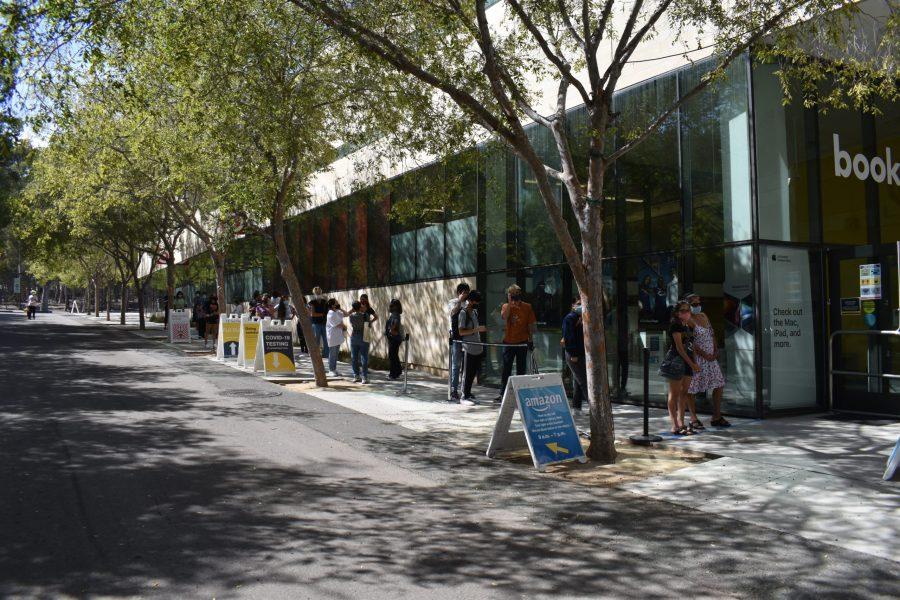






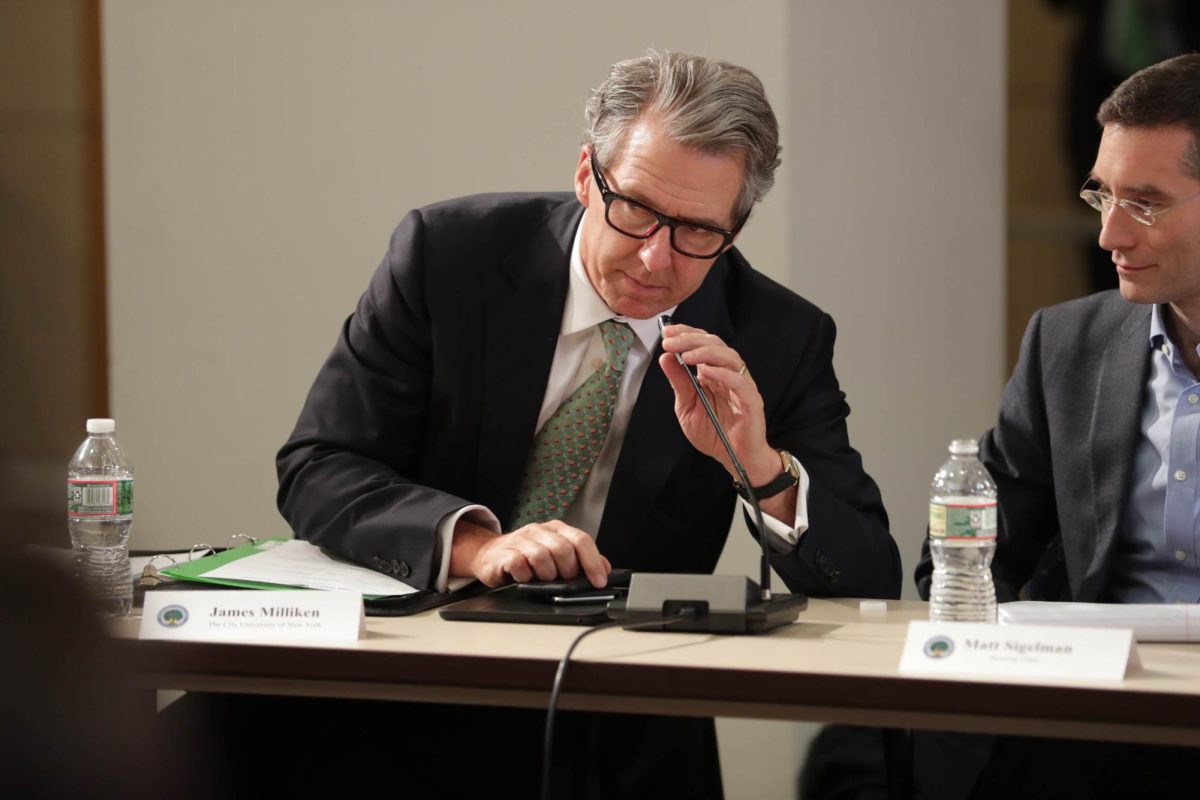
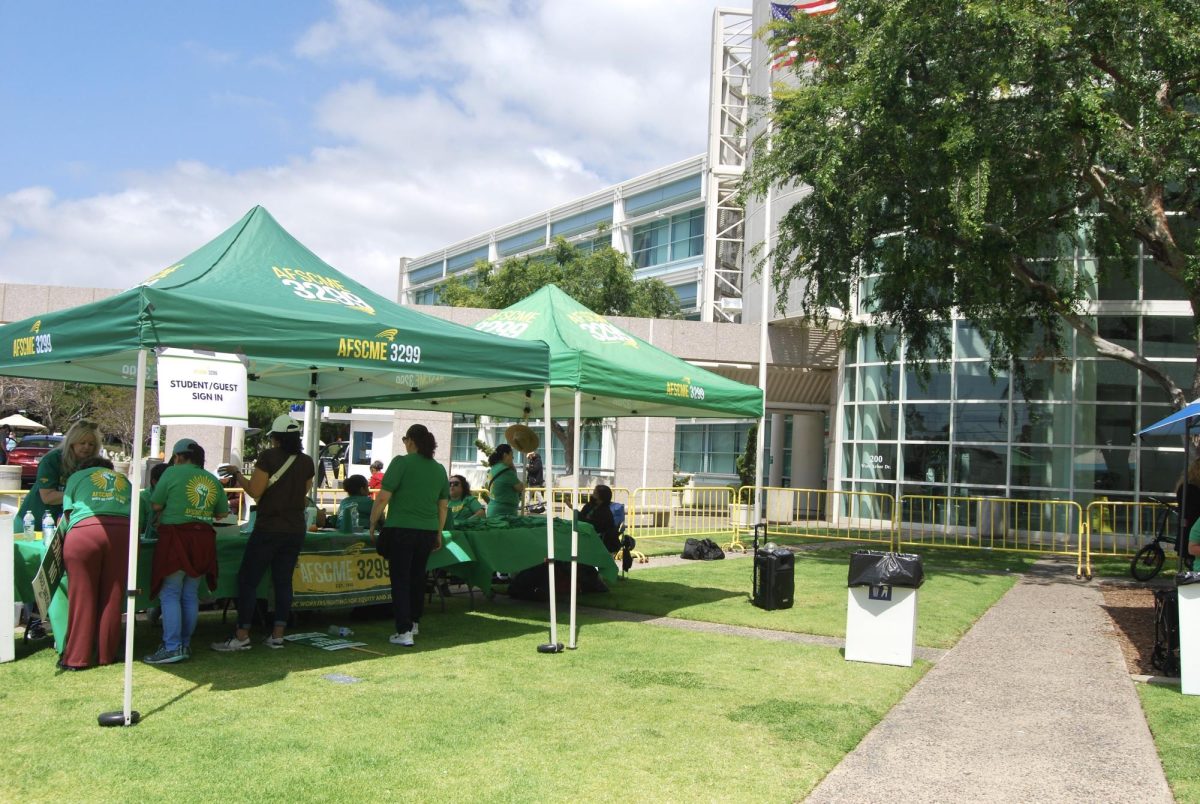
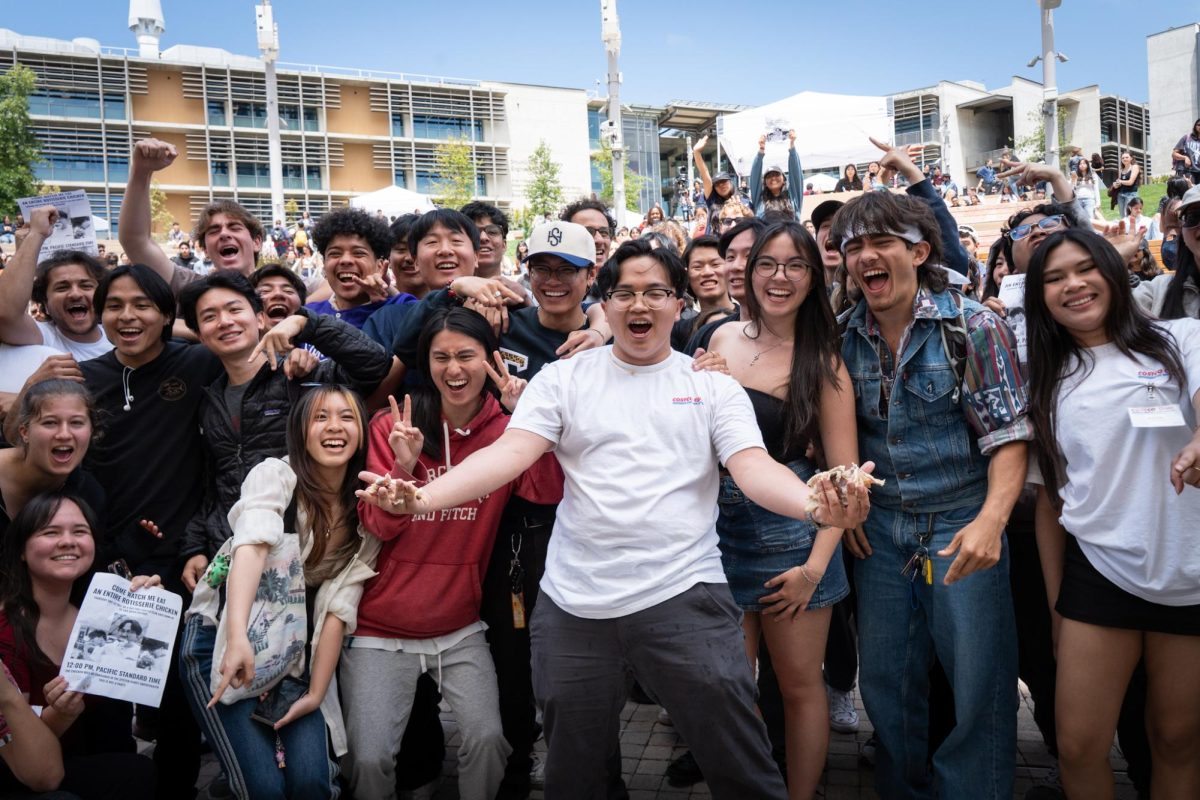

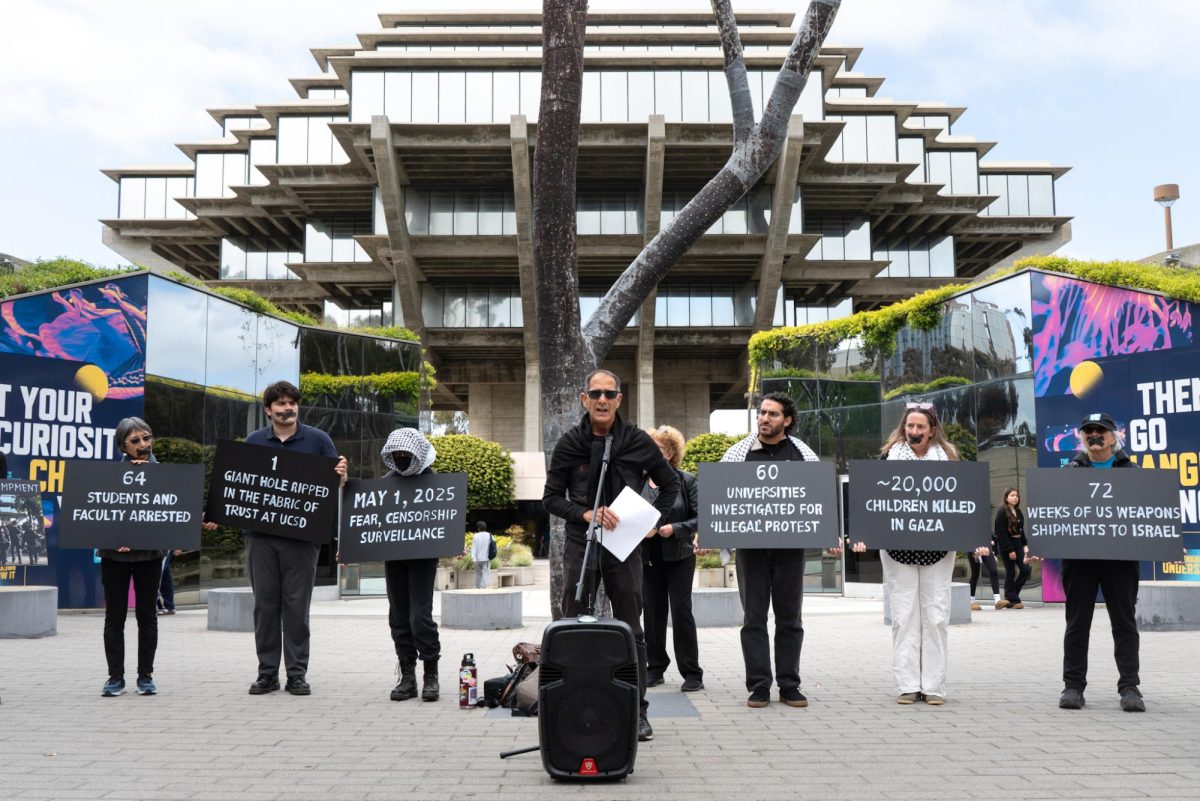

Joseph • Dec 11, 2020 at 4:51 am
I think the most acceptable and safe option for teaching students is still the online format. In addition, now there are so many great Tutors who can help you online, for example this one https://www.gooroo.com/tutoring-near-me . This makes the learning process less stressful.